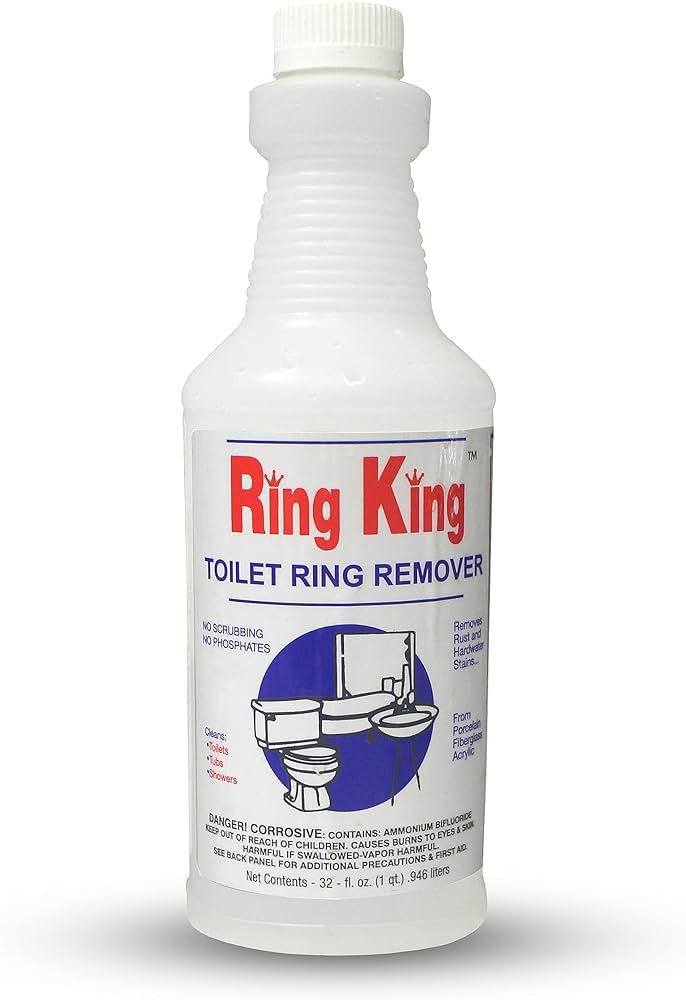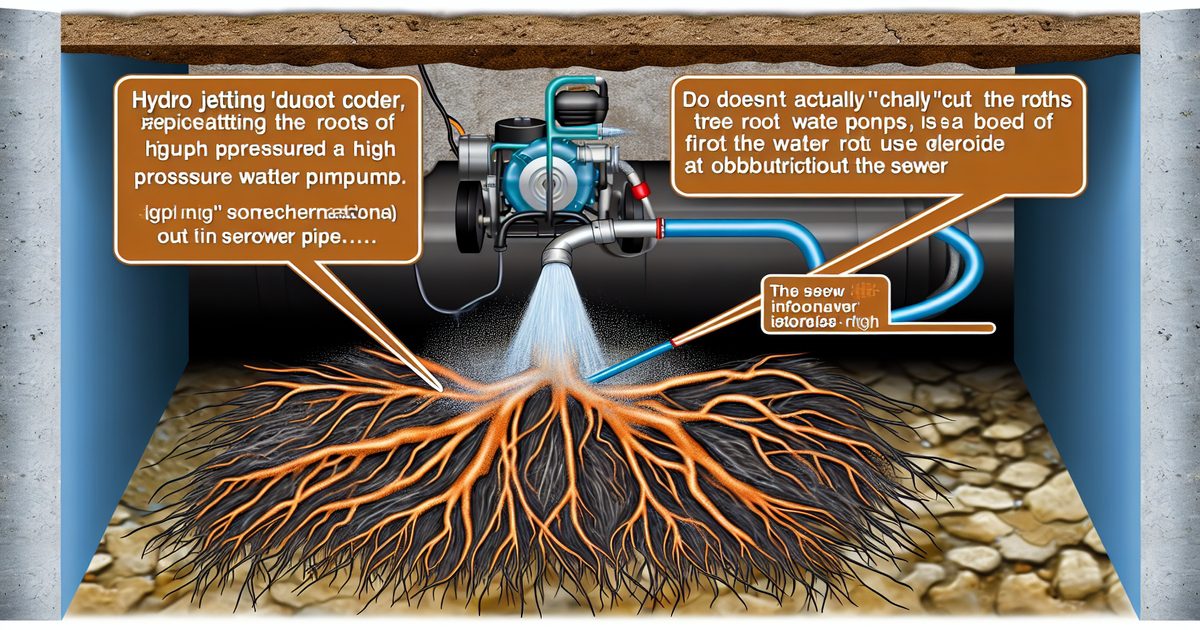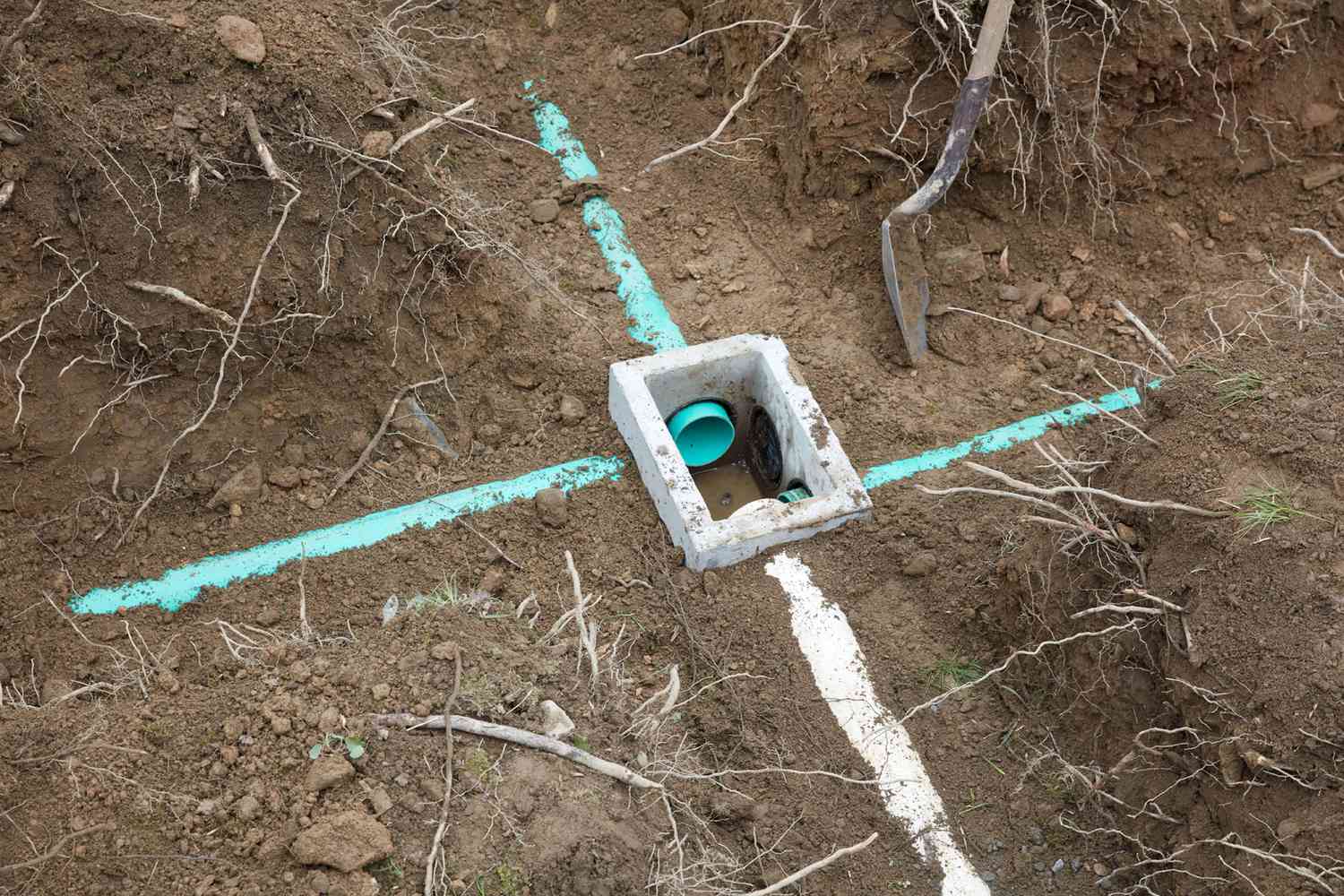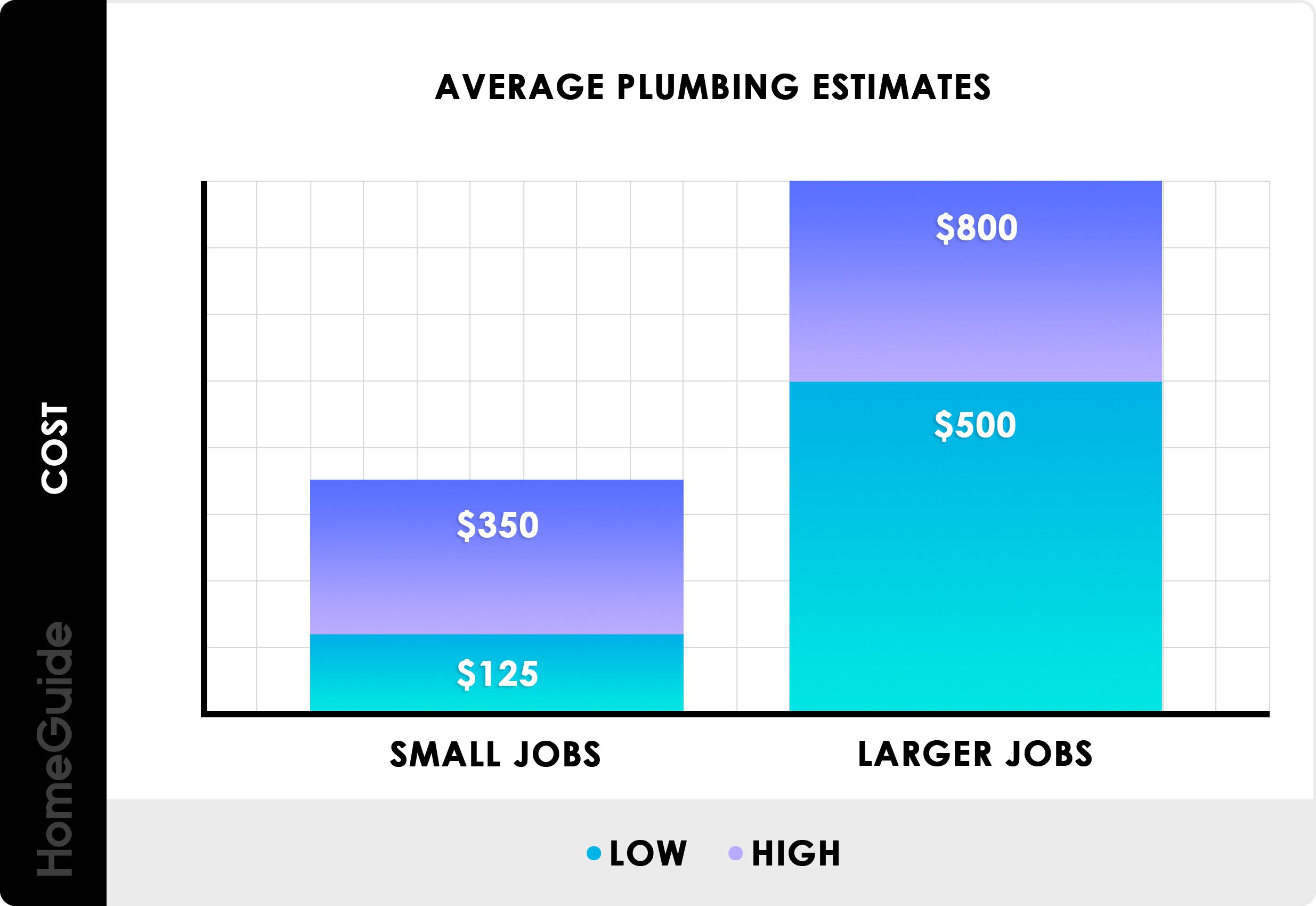The best septic drain field is one that meets the specific needs of your septic system and effectively filters and distributes wastewater into the surrounding soil. A properly designed drain field should ensure optimal performance and minimize the risk of system failure and environmental contamination.
Without a well-functioning drain field, the septic system can become overwhelmed, resulting in backups, foul odors, and potential health hazards. Therefore, it is crucial to consult with a professional septic system designer or installer to determine the best drain field solution for your property.
Factors such as soil type, size of the system, and local regulations should all be considered to ensure a reliable and efficient septic drain field.
Importance Of Septic Drain Field Maintenance
The septic drain field is a crucial component of the septic system, responsible for filtering and treating wastewater. Proper maintenance of the drain field is essential to ensure optimal system performance and longevity. Neglecting drain field maintenance can have serious consequences.
The drain field plays a key role in the septic system by facilitating the final stage of wastewater treatment. It allows the effluent, or treated wastewater, to percolate through the soil, where natural processes help filter out harmful contaminants. Regular maintenance, such as periodic inspections and pumping, helps prevent clogs or overloading of the drain field.
Failure to maintain the drain field can lead to various issues. Over time, the accumulation of solids can block the soil’s ability to absorb the effluent, leading to backups and sewage overflows. Neglecting drain field maintenance also increases the risk of groundwater contamination, which can have detrimental effects on the environment and public health.
Proper maintenance of the septic drain field is crucial for the overall performance and longevity of the septic system. By adhering to a regular maintenance schedule and ensuring proper usage habits, homeowners can help prevent costly repairs and ensure the longevity of their septic system.
Signs Of A Well-maintained Septic Drain Field
A well-maintained septic drain field displays certain signs that indicate its efficiency and functionality. One of the key indicators is the absence of any backup or odor issues. A properly functioning drain field ensures efficient wastewater disposal without any unpleasant smells or backups. Another sign of a well-maintained drain field is healthy grass and vegetation above it. The presence of lush and green grass above the drain field suggests that there are no leaks or excessive moisture in the area, indicating a well-functioning drain system. Additionally, an indicator of a well-maintained drain field is the absence of standing water or wet spots. If there are no pools of water or damp areas on the ground, it indicates that the drain field is working properly and efficiently. Maintaining these signs can help ensure the long-term functionality and effectiveness of your septic system.
Steps To Maintain The Best Septic Drain Field
Regular pumping and inspection are crucial steps to maintain the best septic drain field. By scheduling regular pumping and inspection, you can prevent solids buildup and ensure the longevity of your drain field. Avoiding excessive water usage is another important practice. Implementing water-saving practices such as fixing leaks promptly, using water-efficient appliances, and practicing responsible water habits can help avoid overloading your drain field. It is also essential to properly maintain the drain field components. This includes not parking or driving heavy vehicles over the drain field area, avoiding planting deep-rooted trees or shrubs near the drain field, and not covering the drain field with impermeable surfaces. By following these maintenance steps, you can keep your septic drain field in the best condition for years to come.
Regular Pumping And Inspection
Regular pumping and inspection are essential for maintaining the best septic drain field. The frequency of pumping depends on the household size and usage. Smaller households with less water usage may only need their septic tank pumped every 3-5 years, while larger households with more water usage may require pumping every 1-2 years.
Pumping the septic tank offers numerous benefits in preventing drain field issues. It helps remove the accumulated sludge, allowing the wastewater to flow freely and reducing the risk of clogs and backups. Additionally, regular pumping prevents the strain on the drain field, extending its lifespan and avoiding costly repairs.
Professional inspection is equally important for early problem detection. Certified technicians can assess the condition of the drain field, identify any potential issues, and recommend necessary repairs or maintenance. Early detection can prevent minor issues from turning into major problems, saving both time and money in the long run.
Implementing Water-saving Practices
Saving water is crucial, especially for maintaining a healthy septic drain field. Implementing water-saving practices can help minimize water consumption and ensure the longevity of the septic system.
Implementing water-saving practices is essential for maintaining a healthy septic drain field. Reducing water usage through low-flow fixtures and appliances is a great way to minimize water consumption. These fixtures and appliances are designed to use less water without compromising their functionality. Properly maintaining plumbing fixtures to avoid leaks is another crucial practice to adopt. Regularly inspecting and repairing any leaks can prevent excessive water wastage. Additionally, spacing out water usage throughout the day can help prevent overwhelming the septic system. This can be done by avoiding activities that require large amounts of water to be used consecutively. By implementing these water-saving practices, homeowners can preserve water resources and prolong the life of their septic drain field.Properly Maintaining Drain Field Components
Clearing vegetation and tree roots around the drain field is essential for its proper functioning. Overgrown plants and tree roots can invade the drain field, causing blockages and potential damages. Regular inspections and maintenance should be performed to avoid such issues. Moreover, preventing soil compaction is crucial to maintaining proper drainage. Compacted soil restricts the flow of wastewater and can lead to backups and system failure. Avoid heavy equipment or vehicles on the drain field area to prevent soil compaction. Additionally, it is important to avoid introducing harmful substances into the septic system. Chemicals or non-biodegradable waste can disrupt the natural processes, damaging the drain field. Proper disposal of household chemicals and waste is necessary to ensure the longevity and efficiency of the system.
Hiring Professionals For Drain Field Maintenance
Maintaining a well-functioning drainage system is crucial for any property owner. Hiring experienced professionals for drain field maintenance ensures the job is done efficiently and effectively. These professionals have the necessary knowledge and expertise to identify any issues with your septic system and provide the most appropriate solutions.
- Regular inspection and evaluation of the septic system
- Pumping and cleaning of the septic tank
- Repair and replacement of damaged or faulty components
- Proper disposal of waste materials
Tips for choosing the best septic system maintenance company:
- Research and compare multiple companies in your area
- Check for proper licensing and certifications
- Read customer reviews and testimonials
- Inquire about the company’s experience and reputation
- Ask for a detailed cost estimate and ensure transparent pricing

Credit: www.cbsbahamas.com
Frequently Asked Questions For Best Septic Drain Field
What Is The Best Type Of Septic Field?
The best type of septic field depends on factors like soil type, water table level, and property size. Common options include gravel-filled trenches, chamber systems, and drip dispersal systems. It’s best to consult a septic professional to determine the most suitable type for your specific needs.
What Is The Best Material For A Drain Field?
The best material for a drain field is gravel. Gravel allows water to flow easily and helps to distribute it evenly in the drain field.
What Is The Best Septic Leach Field Treatment?
The best septic leach field treatment is a combination of regular pumping, proper maintenance, and the use of septic additives. Regular pumping removes accumulated solids, while maintenance ensures proper functioning. Septic additives help break down organic waste, keeping the leach field healthy and preventing clogs.
What Is The Best Pipe For A Septic Drain Field?
The best pipe for a septic drain field is a PVC pipe. It is durable, resistant to chemicals, and offers a smooth flow of wastewater. PVC pipes are also cost-effective and easy to install. Your septic system will benefit from using PVC pipes for long-lasting and efficient drainage.
Conclusion
Selecting the best septic drain field is crucial for maintaining a healthy and efficient septic system. By considering factors like size, material, and design, you can ensure optimal performance and longevity. Regular maintenance and proper usage also play a significant role in preserving your drain field’s functionality.
Remember, a well-functioning drain field equals a well-functioning septic system. So, prioritize the health of your drain field for hassle-free septic maintenance.




